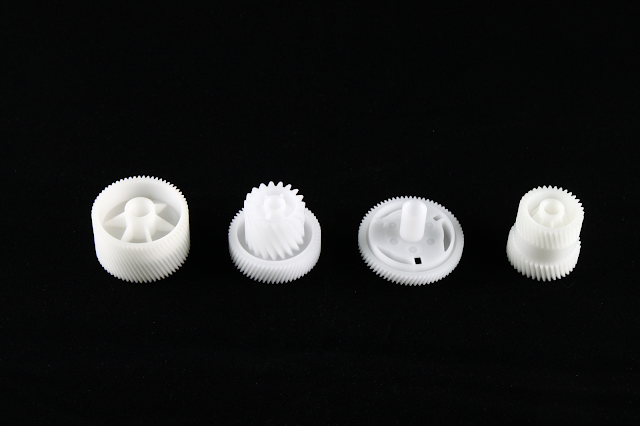Major Steps Involved In Plastic Injection Moulding
Plastic and Metal injection molding is one of the most commonly utilised industrial methods in the
world. It is ideal for the large-scale manufacture of high-quality, low-cost
plastic parts.
Clamping and Securing the
Mould
The initial stage in the plastic
injection moulding process is clamping. A clamping device shuts and keeps the
mould tool's two parts securely together, keeping it sealed against the
tremendous pressures generated in the mould when plastic is injected.
The clamping unit exerts
significant pressure to hold the mould sealed throughout the injection
operation.
Injection: Filling the Mould
with Molten Plastic
Once the mould has been properly
clamped, the injection phase begins.
Plastic grains are loaded into a
hopper located above the Plastic injection molding machine. As the
pellets descend from the hopper into the barrel below, a spinning screw transports
them to the barrel's forward heated section.
A hydraulic ram injects molten
plastic into the mould tool under high pressure, ensuring that it fills the
whole cavity and produces a detailed and exact reproduction of the intended
object.
Cooling: Allowing the Plastic
to Set
After the molten plastic is fed
into the mould, it requires time to cool and harden. The chilling stage allows
the plastic to take its final form.
Cooling time varies according to
the kind of plastic used, the wall thickness of the moulded object, and the
existence of cooling channels inside the mould tool.
Ejection: Removing the Moulded
Part
After the plastic has cooled and
set, remove the freshly moulded item from the tool. This is referred to as the
ejection step.
There are numerous ways to expel
the component, including pins, blades, bars, sleeves, and lifters. The most
typical method is to employ ejector pins strategically positioned within the
mould tool to remove the item once it has cooled.
Inspection ensures quality
control.
After the moulded item is expelled, it is subjected to a quality control inspection to verify it fulfills the specified specifications and standards.
Inspectors search for typical faults like warping, weld lines, sink marks, and flashing, which indicate that the injection moulding machine settings need to be adjusted to create higher-quality components from Injection Molding Supplier. Some moulded components may also require further trimming or assembly before being suitable for use in their intended application.





Comments
Post a Comment